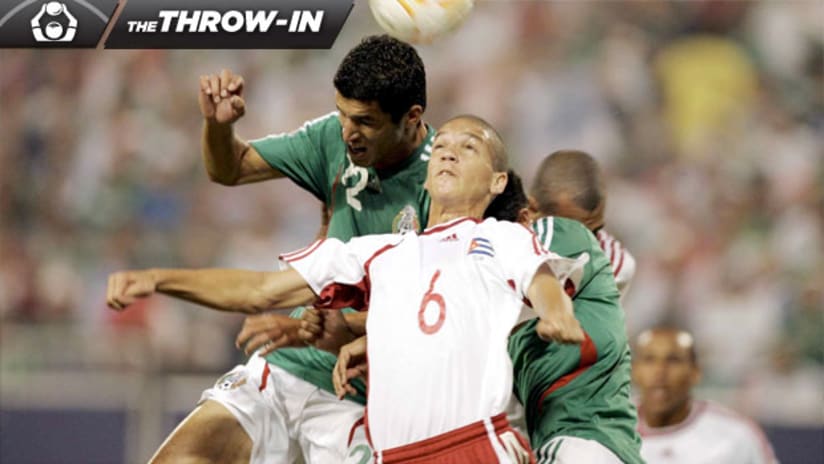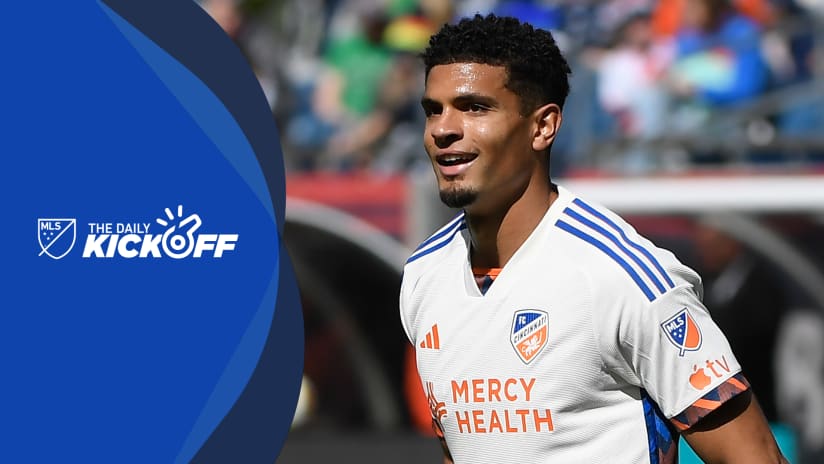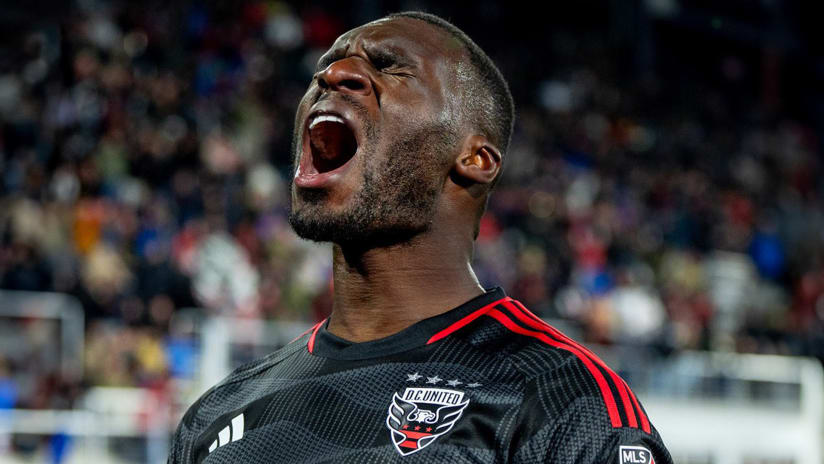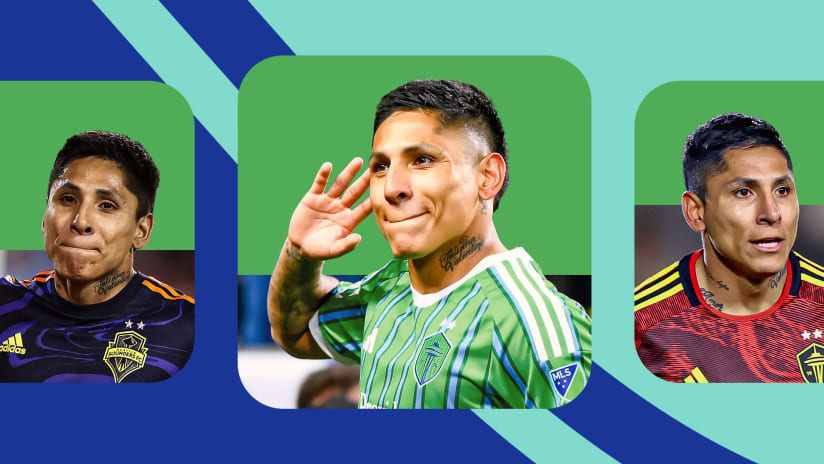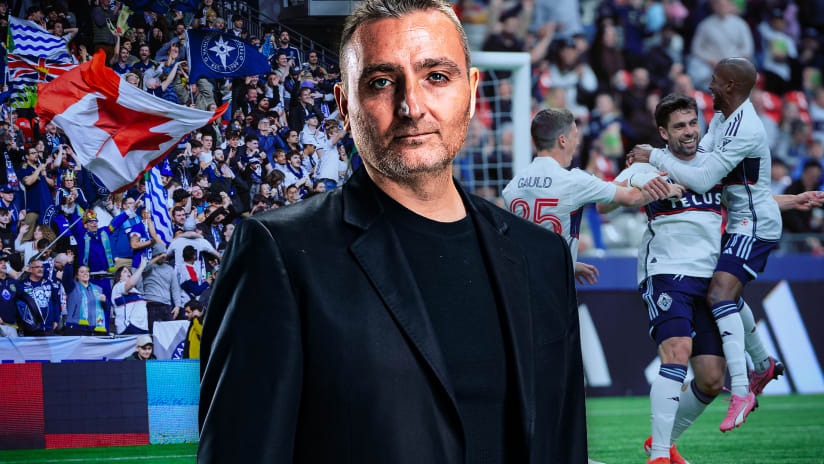When the Canadian national team landed at Havana’s José Martí International Airport in Havana on Wednesday, they arrived in a country Canadians already know well: a flourishing tourist industry, sunny climes, a vibrant culture, cigars and rum readily available on the cheap, and the faces of Fidel Castro and Che Guevara staring down from billboards, murals and propaganda everywhere.
What they don’t know well is the team they’re facing in Friday’s World Cup qualifier (2 pm ET, Sportsnet). And what may surprise them more than anything is the miniature revolution that has taken hold in the land of baseball:
The People’s Game – fútbol – is slowly taking over.
In recent years, the Beautiful Game has crept back into the consciousness of Cubans. Unfortunately, it has little to do with the Cuban national team or the eight-team domestic league that spawned Osvaldo Alonso, Maykel Galindo and a handful of other MLSers. At least not yet.
It’s the international game that has Cuba going mad. For the first time two years ago, the World Cup was ubiquitous on Cuban television, as the UEFA Champions League, Spain’s La Liga, even South America’s Copa Libertadores are now. And Cubans are eating it up.
Take a trip to Havana, and you’ll be shocked to find more pickup games of soccer on the narrow streets and in parks than you would baseball, the game that has dominated the island for nearly a century. Visit any town from Cienfuegos to Holguín and you’ll see Cuban men everywhere wearing the jerseys of Real Madrid, Barcelona, Chelsea and the Spanish national team – completely unexpected sights.
It’s a recent phenomenon that even has former national team players who defected to these shores surprised.
“I didn’t have any idea it was like that,” Seattle star midfielder Alonso (above, during the 2007 Gold Cup) told MLSsoccer.com on Tuesday. “But it makes me happy, and hopefully they continue to play soccer in Cuba.”
The word is slowly leaking out to others, as well. Former Chivas USA and FC Dallas man Galindo – now with the LA Blues of USL Pro – says he’s been told by friends about the recent explosion. Real Salt Lake’s Yordany Álvarez says he’s heard whispers, too.
And Montreal’s Eduardo Sebrango – who, as a naturalized Canadian and not a defector like his colleagues, has been able to return to Cuba twice a year – has seen it with his own eyes.
“People just love it, especially in Havana,” he told MLSsoccer.com. “It’s pretty cool.”
In a country tightly controlled by a communist government for the last 53 years, any sign of change is a surprise. But evidence of a sport that belongs to the world and, really, one that Castro has zero claim on, is a truly shocking one.
Baseball has been part of Cuban culture since the 19th century, and Castro made it a central part of his 1959 revolution, a symbol of Cuban sovereignty. What’s been forgotten in the sands of time is that, once upon a time, soccer was a more popular game in Cuba.
Thanks to the country’s Spanish roots, Cuba was once a major player in the region. It was the first Caribbean country to qualify for a World Cup, and the national team reached the quarterfinals in France in 1938.
According to expert Omar Claro, a Cuban-born sports journalist based in Miami, Cuba was once a hotbed for talent and fandom. In fact, he tells MLSsoccer.com, Spanish clubs like Real Madrid, Atlético Madrid and Celta de Vigo often made preseason tours to Cuba in the 1920s and ‘30s.
Names like Juan Tuñas have been nearly forgotten – until last April, he was the last living member of that 1938 World Cup team, and was the man who scored a stunning extra-time equalizer against Romania in the opening round that summer.
Two Cubans – Jesús Alonso Fernández and Mario Inchausti – actually played in Spain during the 1940s, including for Real Madrid. Conversely, Gaspar Rubio, a Spanish forward who once played for Madrid and the national team, spent a season with now-defunct Cuban powerhouse club Juventud Asturiana.
Yet all of this rich history has all but disappeared from modern memory. Even Alonso admits, “I don’t have a clue” about the past glory. Galindo says all he knows is that Cuba “was in a World Cup long ago.”
That’s sad. You realize how much has been swept under the carpet during the past half-century under Castro. Sure, Cuba is a nation full of athletes, with 194 medals in Summer Olympics, 1,793 medals in Pan American Games and 25 Baseball World Cup titles.
That emphasis on fitness has been one of the great things about the Castro regime, as has a push for education that has given Cuba a near 100 percent literacy rate. But the people have also been cut off from participating in the world’s great equalizer: soccer.
Much like the rest of their countrymen, Cuban players have been defecting to the United States for better opportunities. Being a professional soccer player isn’t an option in Cuba, and the desire of former national team players like Alonso, Galindo, Álvarez, Sebrango and others was too great to be contained.
The recent renewed interest in the sport is enough to make you think that one day, perhaps, if there’s a change in government, Cuba can become a soccer-mad country in full, where a nation of athletes can help it become a top sport and players can proudly represent their country in international competition.
Sebrango, once Cuba’s captain who was forced to give up his national team career when he emigrated, sees a future where Cuban players can freely play in leagues all over the world. And that future is bright.
“One day, if players can play professionally in other leagues, Cuba will be a powerhouse competing very easily with the US and Mexico and the other powerhouses in CONCACAF,” said the Impact striker. “Because we have the talent and ability. We just need the experience.”
It may be in earnest, but historians may look back at this World Cup cycle as when the new revolution began.
Jonah Freedman in the managing editor of MLSsoccer.com. “The Throw-In” appears every Thursday.

